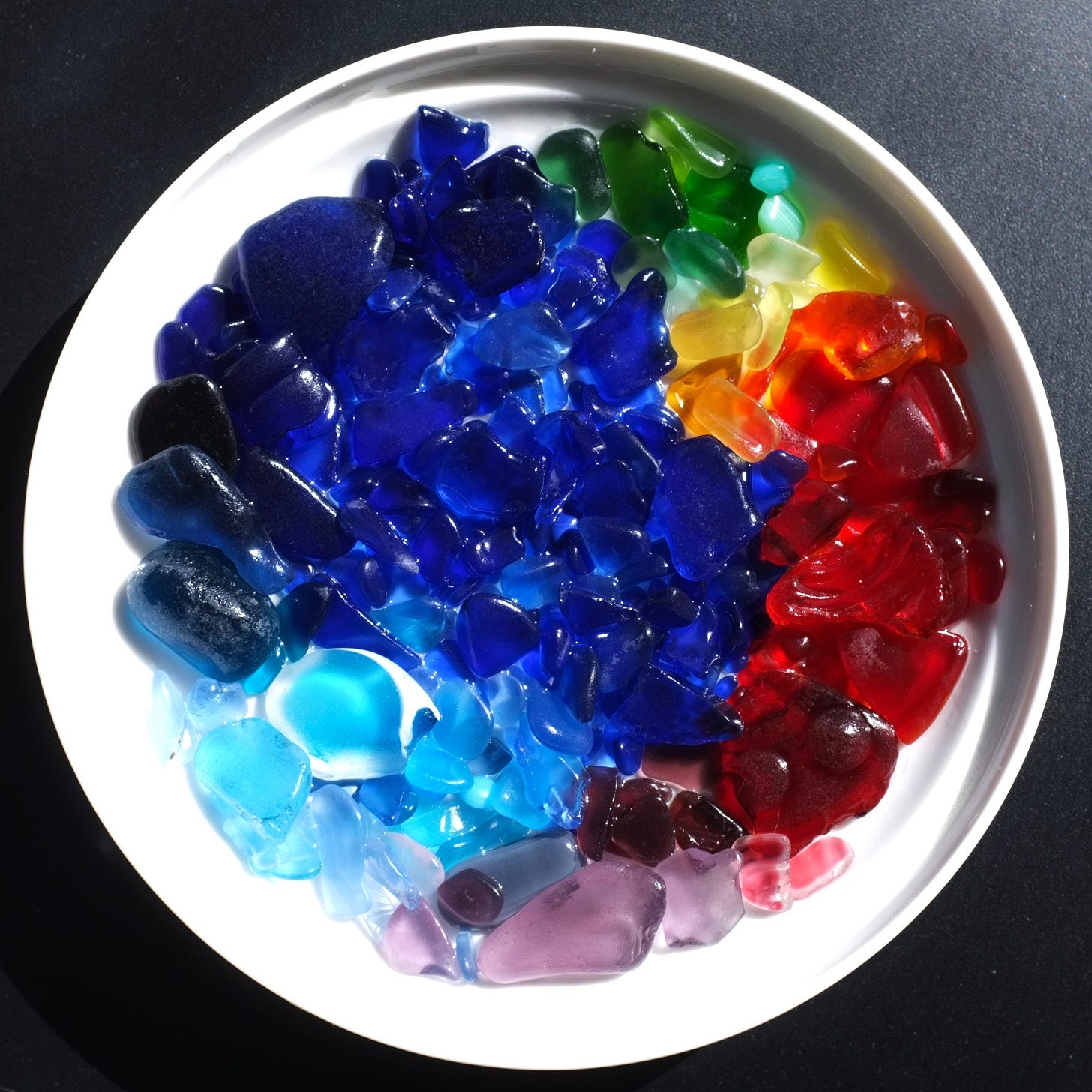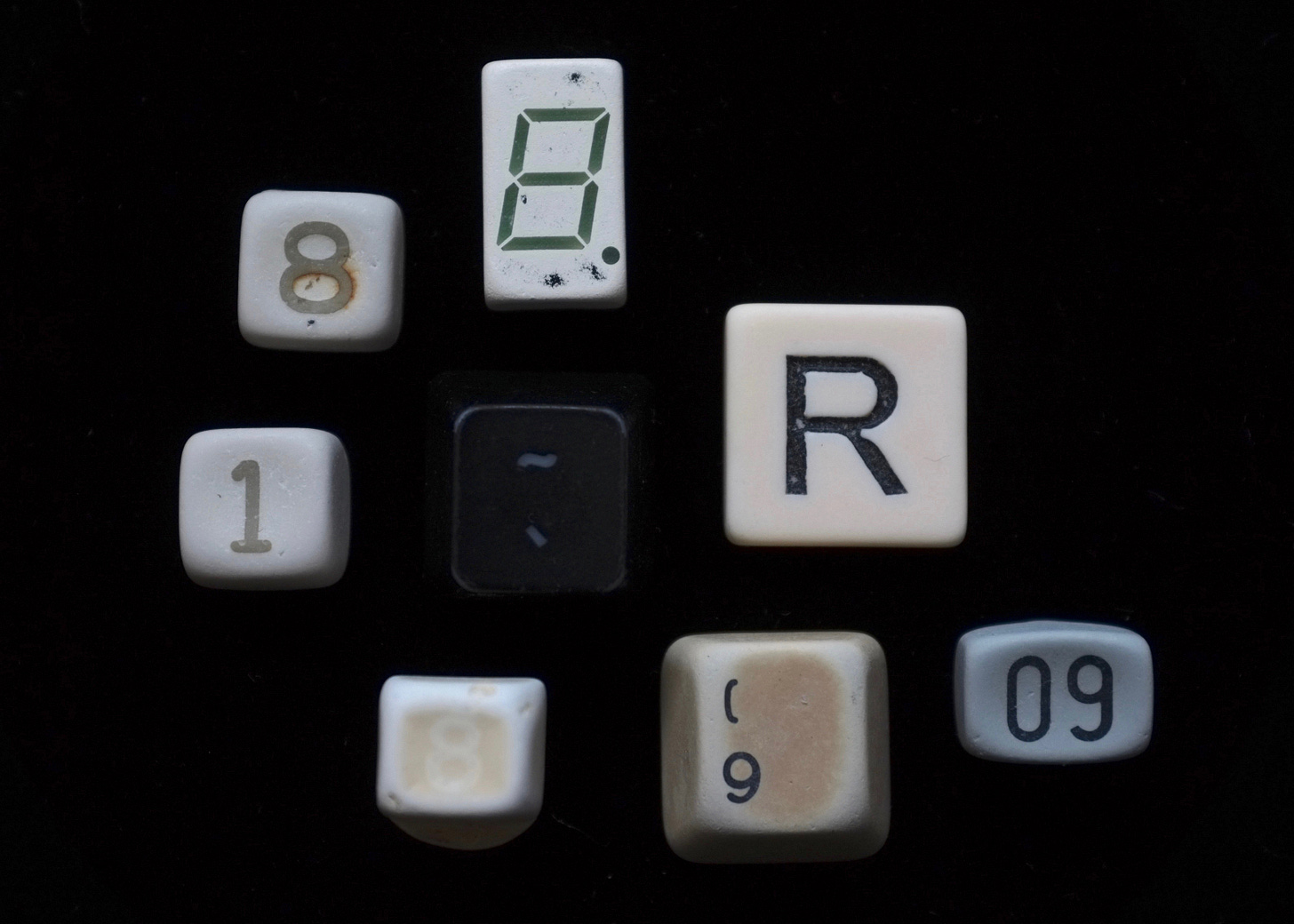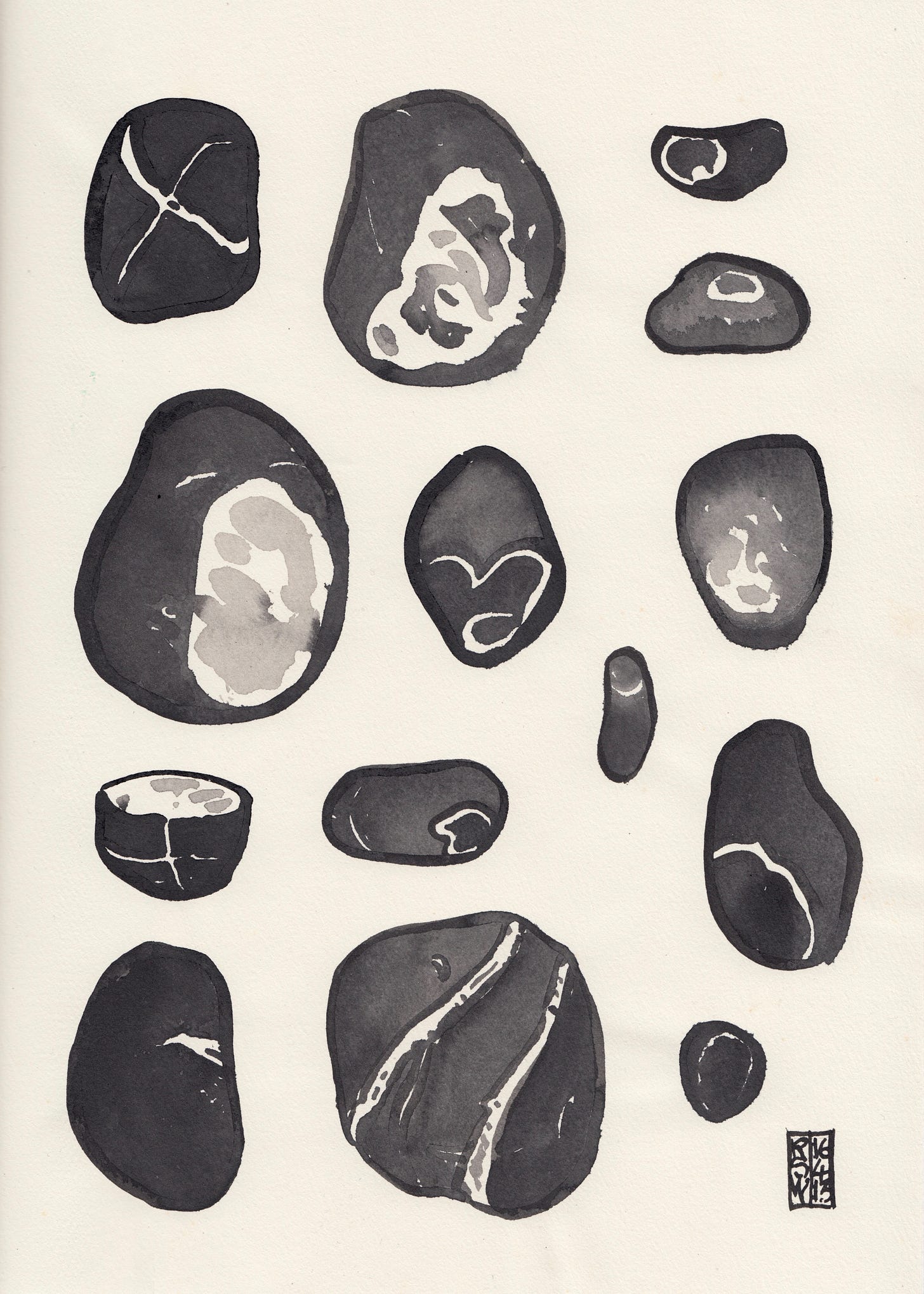Exhibition ~ Flotsam and Jetsam: Beach-Combing Field Notes
My show at Pyramid Club, and future yarns / sea shanties
Jay Griffiths, Kith: “My brothers and I spent weeks with our grandparents by the sea where we learned so much more than it may have seemed. Not because we saw an actual shipwreck but because we saw the potential for it. Not because we actually found treasure but because we could feel the immanence of treasure at every seashore... We learned about tides and chance, storms and sun, the vicissitudes of what is lost and found, flotsam and jetsam, castaway luck, islands, sea-songs, rings, riddles and pledges.”
Flotsam and Jetsam: Beach-Combing Field Notes— my exhibition of beach-combing photos and drawings— opened at Pyramid Club, 272 Taranaki Street, on Friday 8th September. The lead-up felt like one of those bad dreams where you’re trying to achieve a seemingly simple yet somehow endlessly impossible task— packing a suitcase, say, and getting to the airport on time. (Don’t stop! Hurry up! Time is running out and the plane will leave without you!)
In the days before the opening I bruised my right thumb pinning up photos by sticking a hundred map pins into the walls. I arranged small objects in the beautiful, glass-topped, camphor-smelling entomology cabinets Jim had lent me.1 I wrote museum labels and wall texts with my fountain pen, green ink on watercolour paper that I chopped into little rectangles with my neighbour’s satisfyingly heavy-bladed antique guillotine. I wrote— among other things— that squat lobsters / Munida gregaria look tasty, like small prawns; that a particular piece of driftwood looks like the head of an ibis, therefore like the Egyptian God Thoth; that a tiny soot-marked ceramic tube is part of a pipe-stem from the 1800s; that marbles are my favourite thing to find. (My marble collection had always felt like a work-in-progress, so I’d superstitiously never looked at all of the marbles together. It turned out there were 44— my age.)
I’ve never had a show before, but seasoned campaigners tell me it’s always that way. Everything’s terrible, but then somehow it all works out in the end. It was true. The opening felt just like a birthday party. Linda brought pink champagne, which I eventually remembered and popped. Everyone wanted to talk to me— the art-birthday-girl— so I experienced the evening as a steady flow of wonderful five-to-ten-minute interactions with friends, acquaintances, and strangers.

This is the wall text I wrote to accompany the show:
This personal museum is a record of time, place, and chance. The specimens and artefacts shown are fragments of the foreshore, found by me on Ōwhiro Bay beach. The broad time-span of my beach-combing is a dozen years— as long as I've lived in the Bay. However, lockdown intensified my localism, then my correspondence with Tarot master Enrique Enriquez2 shaped my mind to the language of omens: reading the world as if it were a deck of cards. Just over a year ago, I started sharing my beach-combing finds on social media. I'd post a few photos and riff on them: mash-ups of narrative, history, marine biology etc., with the hashtag #giftsfromthesea. My casual wanderings became a daily practice. I started to systematically walk the beach every day, through all moods and seasons.
Beach-combing is a species of walking meditation; spotlight consciousness on what is directly underfoot. Solitary autotelic activity— playful focussed attention— is a gateway to flow states. Through long-form observation, formerly invisible patterns emerge. Stone, animals, water, weather, human-made debris. The sea ceaselessly acts upon matter, cleaning, smoothing, breaking down, destroying, sorting. Over decades or centuries hard edges disappear; rubbish becomes a jewel. Part of what I find beautiful about these objects is that they are a unique record of time.
The beach reconfigures itself with every tide and storm. This changeability seems a kind of sentience. The intertidal zone is liminal, the meeting point of different worlds, full of weird wet life. In bringing these pieces of the seashore into the city, and in placing this visual record into a space for sound, I am enacting further cross-pollination.
The drawings are giclee prints. The originals were made with dip-pen and brush as part of my daily drawing project (I made an ink drawing every day from 2010 to 2020). The photos were taken with my Fuji X100 in and around my house. Made using light and settings to hand, the aesthetic of the photos is emergent. I see this body of work as an artist's attempt at denizen science.
A few days before opening day, I was interviewed for Wellington newspaper The Post. (The piece came out in Friday’s paper.) The cool thing was that when I came down to the beach carpark to meet the reporter, Ke-Xin Li, I recognised the photographer, Monique Ford, immediately: we’d met at Ahoymageddon, the sea shanty workshop run by Pōneke Shanty Club the weekend before. We’d talked at length about Orkney and Oamaru and the importance of singing the songs of one’s ancestors. Monique waded through the creek in her elastic-sided boots to shoot me standing on the seagull-rocks. I’m gazing into the distance / looking at the sheep on the hillside, so as not to have to stare down the massive barrel of the lens. (“The Napoleon of the South Coast, LOL” said Kev, of my heroic pose.)
Ke-Xin wrote a beautiful, thoughtful piece: Ōwhiro Bay's expert beach-combing artist. A few people who read it picked up on the statement: “she never expected to live on this side of Wellington.” That’s a slight misinterpretation: when I moved back to Wellington twelve years ago, after a few years away, I decided I wanted to live on the South Coast. I would have settled for any beach, but ended up at the right one by chance. It’s true to say, though, that I didn’t rate Ōwhiro Bay terribly highly before I moved here. It took living here for me to fall in love.
Pyramid Club is open Tuesdays 10 - 4, and— for the duration of the show— Saturdays 10 - 3. (I’ll be in residence for the Saturdays and hopefully some Tuesdays.)
There are also two events coming up as part of the exhibition. On Saturday 23rd September at 2 p.m. I’ll be giving a talk / facilitating a workshop around ways of seeing and pattern recognition. (POSTPONED DUE TO SICKNESS: this workshop will now take place the following Saturday 30th September at 12 midday. Come to either the workshop, the singing session, or both.)
And on Saturday 30th September, I’m going to host a singing session in association with Pōneke Shanty Club: Shanties and sea songs, from 2 - 4 p.m.
Once the show is closed, I’ll also be selling prints online. Non-Wellington friends, watch this space!
I want to convey my deep gratitude to all the people who helped me, advised me, encouraged me, and rescued me at critical moments while I was doing this work: Sylvie, Amy, Jim, Arlo, Henry, Nell, Kedron, other-Rosie, the Shanty Bros, the Coffee and Cards witch-gang— and in particular, without whom etc.: Kev, Brian, Kelly, Pachali, James. And from Pyramid Club: Zak, Isaac, and especially Dan Beban, who made it all happen by suggesting the show in the first place.
Jigsaw-puzzle-type fitting together of small parts is another motif of this show.
I’d met Jim the previous weekend, at Ahoymageddon; but we’d also met once before, beach-combing by the creek, and talked about milk glass. As I’ll shortly explain, choosing to go to Ahoymageddon despite the fact my voice was still slightly ragged from a head cold turned out to be a doubly fortuitous decision.
A correspondence which also (by roundabout means, as is the way of Wizard business!) spawned this Substack; whence its title.








Does the workshop require a RSVP?
I love this. You are a glorious inspiration and thank you for the reminder that worlds worth seeing aren't always immediately obvious, though they are immediately accessible if we have the patience to look.